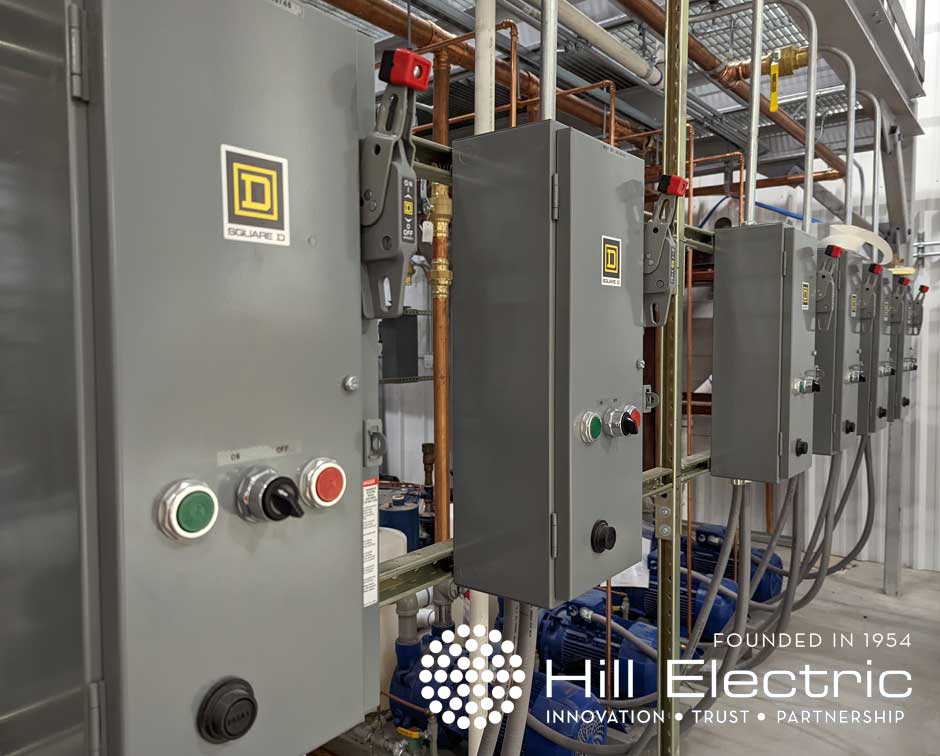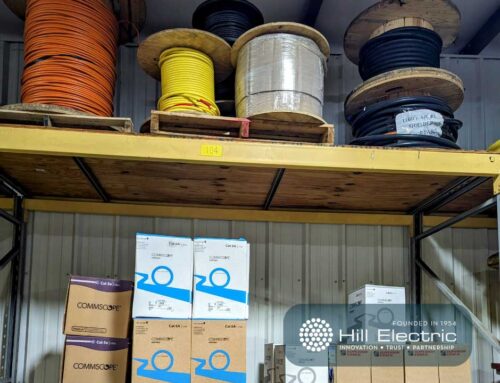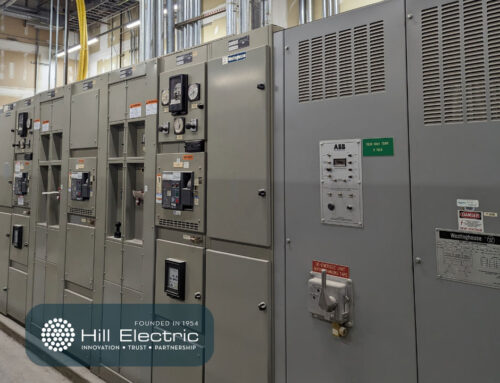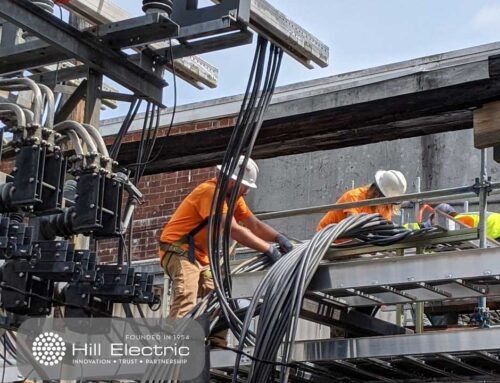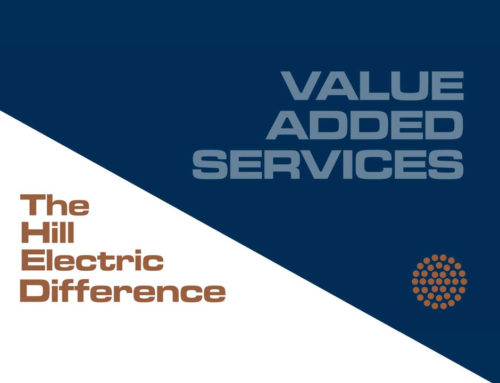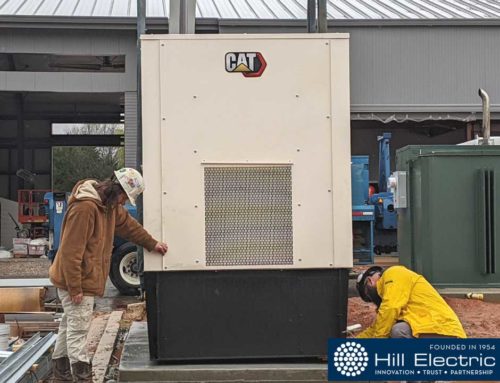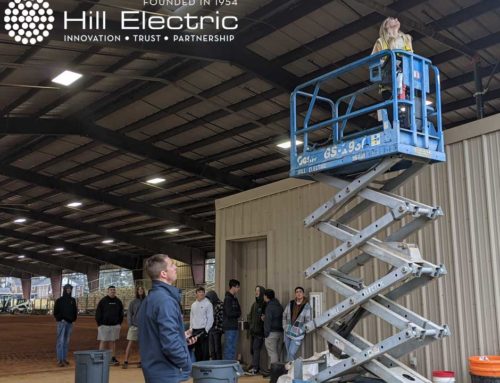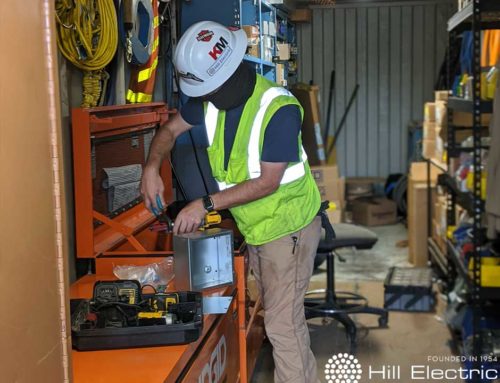How feasible will it be for my business, and how much will it cost?
Written by David Wolke, VP of Hill Electric
A facility’s electrical infrastructure begins with the utility service equipment. It then enters through the main delivery feeder, flows through the main distribution and branch distribution equipment, through the distribution feeders, and ultimately to the individual points of delivery where the power is needed. Facility infrastructures are built to fully support the original equipment demand but may not be adequate to support the growing needs of newer or additional equipment. Many commercial and manufacturing facilities were built when the demand on utilities was lower, meaning today’s machinery cannot be supported by yesterday’s infrastructure.
When we meet with clients regarding manufacturing and commercial facility upgrades, their first questions are typically related to feasibility, cost, and facility down time. While utility upgrades might appear costly in the short run, this cost is outweighed by the dependability of up-to-date power distribution equipment, utility service, and the capacity to support the needs of newer production equipment.
What is the cost of a facility upgrade?
This can be a complex question because the answer depends upon many variables. Here are a few of the main drivers when it comes to estimating cost.
How much power is needed?
The amount of electrical power needed determines the size of the distribution equipment and feeders. The larger the equipment, the more expensive the distribution. This is true whether you are replacing vintage power distribution equipment or installing new power distribution equipment to meet future needs.
The demand quantity also determines where in the facility you have the availability to obtain the future power that is needed. The closer the capacity is toward the utility service, the more expensive the distribution equipment. A new incoming service from the utility is going to be significantly more expensive than a distribution feeder from a downstream distribution panel.
What is the distance of distribution?
The length of the feeder from the distribution panel to the connection at the equipment is a multiplier of the cost. The shorter the feeder, the less the cost.
What is the schedule?
The schedule can increase the cost of an installation. The shorter the timeframe for the installation, the more resources have to be committed. Planning ahead and eliminating overtime and excessive manpower are keys to managing cost.
As everyone has seen lately, equipment supply has been plagued with long delivery times and lack of availability due to global supply chain issues. The potential of this obstacle is for plans to change from the most cost effective approach to a more expensive installation to try to energize equipment when needed. We can get creative to meet schedule needs and to mitigate long lead times. If needed, temporary solutions can be installed while waiting on the delivery of individual components for a system.
How much downtime will I need?
Facility downtime is always a driving factor for installations. Reducing facility downtime during installations is a balancing act. You can reduce downtime by completing pre-work. Sometimes when performing pre-work you are completing the installation process out of the most efficient order. It can greatly reduce your time with power off, but may increase labor cost on the front end.
Get your solution.
The key to managing cost, timelines, and expectations is finding a contractor that you can trust. At Hill Electric, we take seriously cultivating and maintaining trust with each client. We help you develop a scope of work and give you a thorough estimate for cost and delivery. We have formed partnerships with contractors of other disciples so that we can provide a complete, turnkey service. As we mentioned in our Emergency Power Systems post, we have the experience, knowledge, and partnerships to make your new electrical installation as economical and seamless as possible. Reach out to us for help as you think about your next electrical upgrade.

